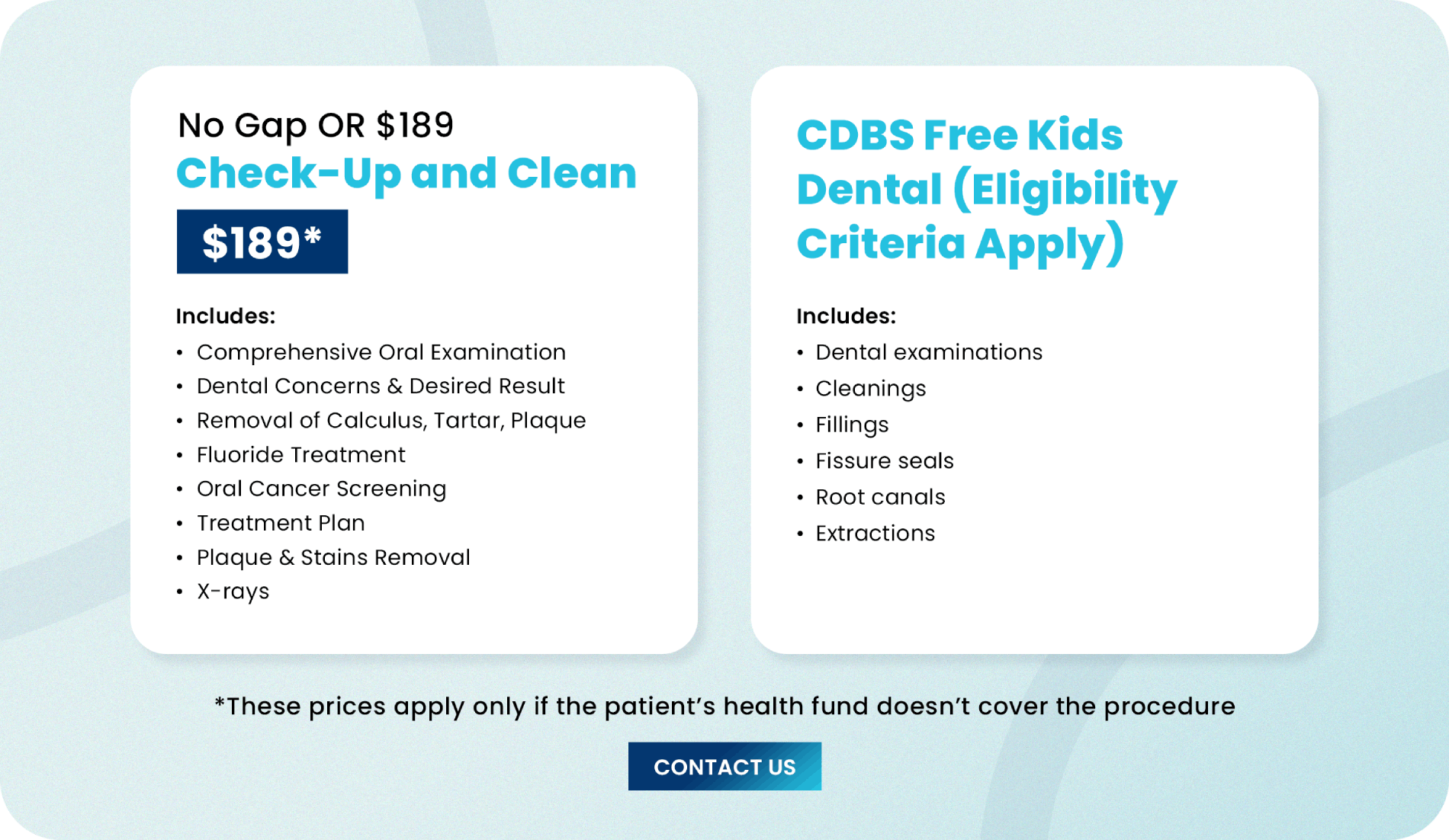- 237 Blackburn Road, Mount Waverley VIC 3149
- info@humedentalhub.com.au
Root Canal Treatment in Campbellfield
Home > Root Canal Treatment in Campbellfield
What is a Root Canal?
At Hume Dental Hub, we believe in saving your natural teeth whenever possible, and root canal treatment is one way we can achieve this goal. If you’re facing tooth pain or have been advised to consider a root canal treatment in Campbellfield, here’s what you need to know about the procedure and how we ensure your comfort and health throughout the process.
A root canal is a dental procedure recommended when decay or injury reaches the nerve (pulp) of the tooth. The goal is to remove the infected or inflamed pulp, clean and disinfect the inner tooth, and then fill and seal it to preserve its function and appearance.
This treatment allows us to save your natural tooth, preventing the need for extraction.
What is a Root Canal?


The Treatment Process
Our root canal treatment in Campbellfield is typically completed in 2-3 visits, each lasting about 30-45 minutes. We use local anaesthesia to ensure you are comfortable and during the procedure. Our skilled Campbellfield dental team is proficient in making this process as smooth and efficient as possible.
Step-by-Step Care
- Diagnosis: We thoroughly assess your tooth and surrounding tissue to confirm that a root canal is the best course of action.
- Procedure: Under local anesthesia, the infected pulp is removed, and the tooth’s inner chamber is carefully cleaned and sealed.
- Restoration: After the root canal, we often recommend placing a crown to reinforce the tooth, as it can become brittle post-treatment.
Post-Treatment Care and Success Rate
Driving yourself home after the procedure is typically fine, as the anaesthesia does not impair your ability to function normally.
With a success rate of around 95%, root canals are a reliable method for preserving your dental health. However, should any issues arise post-treatment, our team is here to ensure your continued care and comfort.
Areas We Serve: Beveridge, Broadmeadows, Coolaroo, Craigieburn, Dallas VIC, Epping, Fawkner, Glenroy, Greenvale, Lalor, Mernda, Mickleham, Mill Park, Meadow Heights, Reservoir,Roxburgh Park, Somerton, Thomastown, Tullamarine.
Is a Root Canal Treatment in Campbellfield Right for You?
If you’re experiencing tooth pain or have been told you might need a root canal, let us help. At Hume Dental Hub, we’re committed to providing you with detailed information and compassionate care to help you make the best decision for your dental health.
Ready to discuss your options or learn more about root canal treatment in Campbellfield? Contact Hume Dental Hub today and take the first step towards a healthier, pain-free smile.

Get In Touch
Root Canal Treatment Campbellfield, Meadow Heights, Dallas, Coolaroo & Neighbouring Areas VIC
(03) 9121 3721












